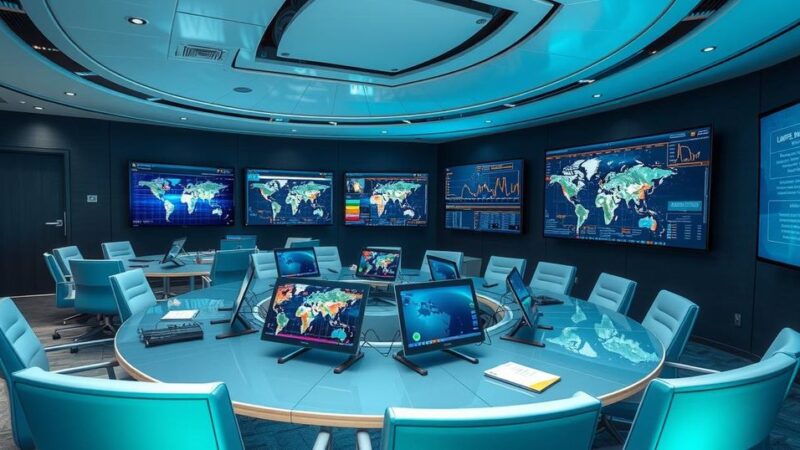During the Skylab missions of 1973, astronauts observed significant meteorological events, including the formation of Hurricane Ellen and thunderstorm lightning patterns over South America. Their observations offered vital data to meteorologists, improving storm forecasting. The missions highlighted the irreplaceable contribution of human observers in space.
In the summer of 1973, the Skylab 3 astronauts embarked on an enlightening journey, completing 858 orbital trips around Earth. During these flights, they observed the formation of Hurricane Ellen off the coast of West Africa. Astronaut Alan L. Bean remarked on the hurricane’s impressive size and cloud density, emphasizing its significance to meteorologists.
Recognizing the scientific value of their observations, Bean and his fellow crew members captured stereo photographs of the storm with onboard cameras. These three-dimensional images proved essential for meteorologists, enhancing their understanding of cloud formation and behavior in tropical weather systems.
Similarly, Skylab 4 astronaut Edward G. Gibson contributed crucial insights while observing a thunderstorm above the Andes Mountains in South America. He noted the occurrence of lightning patterns over a vast area, which aided meteorologists in analyzing regional weather phenomena.
Gibson expressed his fascination with the simultaneous occurrence of lightning strikes across significant distances. He drew an analogy to sympathetic solar flares, highlighting a collective phenomenon at play during these electrical events.
The observations made by the Skylab astronauts extended beyond Hurricane Ellen and Gibson’s lightning studies. Together, the astronauts amassed substantial meteorological data that significantly improved storm forecasting and regional weather analysis.
The findings of the Skylab missions further reinforced the value of human observers in space exploration. Scientists and mission planners of the era asserted that no technology could replace the discerning and adaptive capabilities of human presence in orbital investigations.
As noted in the book, “Living and Working in Space: A History of Skylab,” scholars recognized, “Man’s ability to discriminate, to select the important features of a wide vista, and to respond effectively to unexpected events constituted his greatest contribution to orbital investigations.”
The Skylab missions provided invaluable meteorological insights, ranging from observations of Hurricane Ellen to detailed studies of lightning patterns. These findings underscored the importance of human observers in space, contributing significantly to advancements in weather forecasting and our understanding of atmospheric phenomena. The impact of these missions reaffirmed the necessity of human engagement in space exploration to enhance scientific understanding.
Original Source: www.nasa.gov






